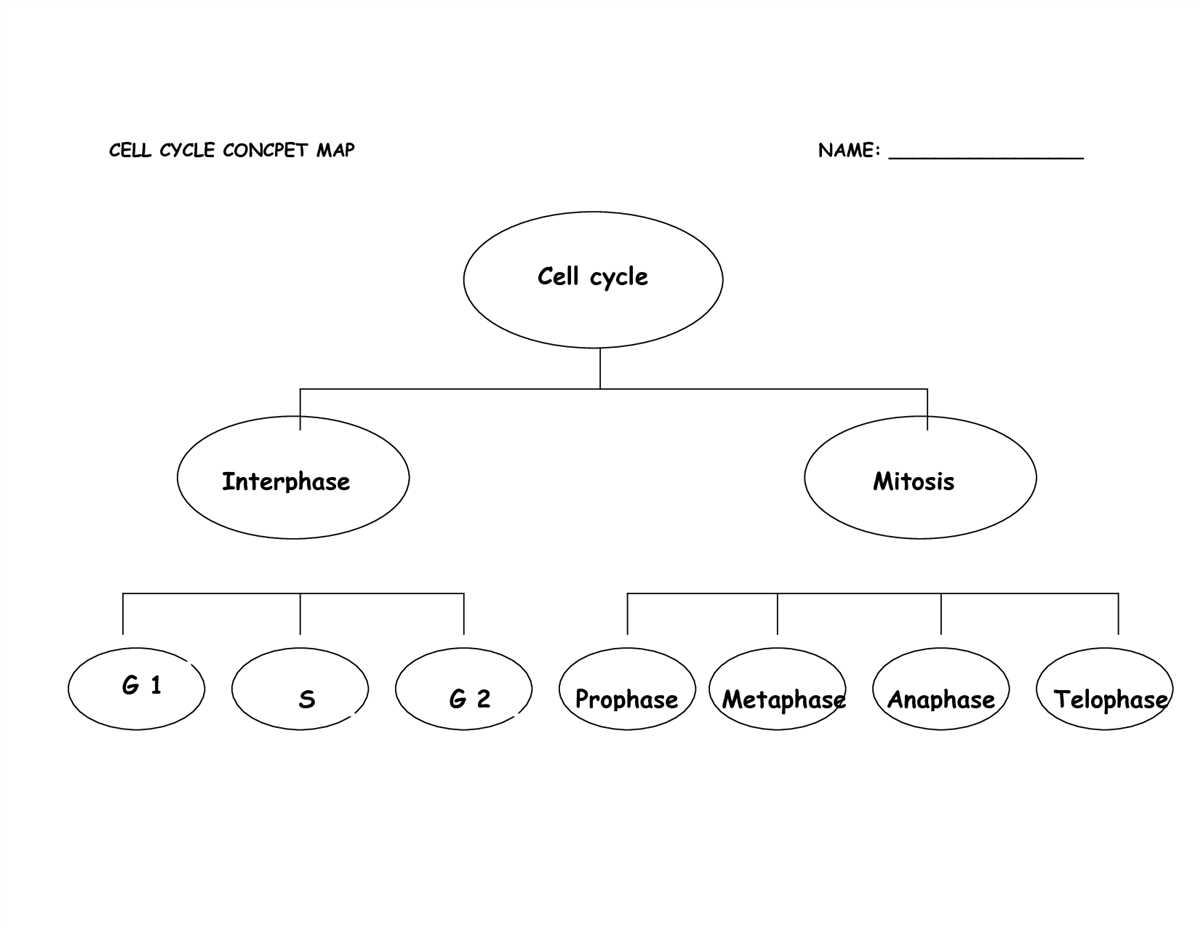
In Chapter 9 of our study on biology, we delve into the fascinating world of the cell cycle. The cell cycle is the process by which cells grow and divide, allowing for the reproduction and growth of living organisms. Understanding this fundamental process is key to comprehending how our bodies function and develop.
Throughout this chapter, we will explore the different stages of the cell cycle, including interphase, mitosis, and cytokinesis. We will examine the key events that occur during each phase and the role they play in the overall process of cell division.
As we delve deeper into this topic, we will also address common misconceptions and clarify any confusion surrounding the cell cycle. Additionally, we will provide an answer key to assist you in checking your understanding of the material and ensure that you are on the right track in your studies.
By the end of Chapter 9, you will have a firm grasp of the cell cycle and its importance in maintaining the balance and health of living organisms. So, let’s get started on this exciting journey into the intricate world of cellular life!
Chapter 9 The Cell Cycle Answer Key
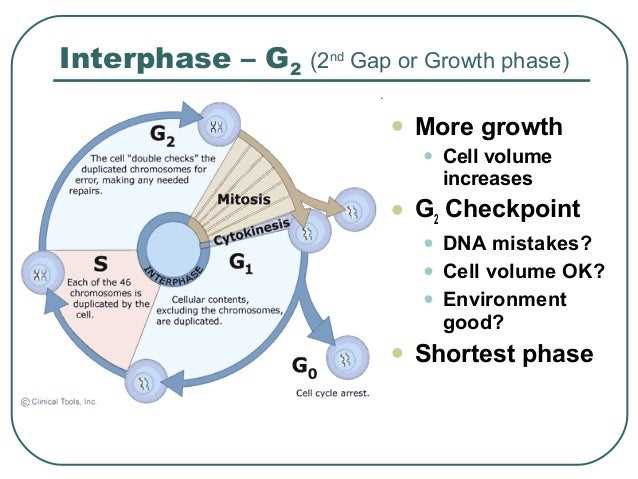
The cell cycle is a highly regulated process that allows cells to replicate and divide. It is composed of several stages, including interphase, mitosis, and cytokinesis. During interphase, the cell grows and carries out its normal metabolic functions. The DNA is also replicated during this phase. Mitosis is the process where the replicated DNA is divided equally into two daughter cells. Finally, cytokinesis occurs, in which the cytoplasm is divided, resulting in two separate cells.
Understanding the cell cycle is essential for studying cell biology and genetics. It allows scientists to understand how cells replicate and divide, which is crucial for the development and growth of organisms. By studying the cell cycle, scientists can also gain insights into various diseases, such as cancer, which is characterized by uncontrolled cell growth and division.
- Interphase: This is the longest phase of the cell cycle and can be further divided into three stages – G1, S, and G2. During G1, the cell grows and carries out its normal functions. In the S phase, the DNA is replicated, ensuring that each daughter cell receives a complete set of genetic material. Finally, in G2, the cell continues to grow and prepares for cell division.
- Mitosis: This stage is responsible for dividing the replicated DNA into two daughter cells. It consists of four phases – prophase, metaphase, anaphase, and telophase. During prophase, the chromosomes condense and become visible. In metaphase, the chromosomes line up in the middle of the cell. Anaphase is characterized by the separation of sister chromatids, which are pulled apart towards opposite ends of the cell. Finally, in telophase, the chromosomes decondense, and nuclear membranes start to form around each set of chromosomes.
- Cytokinesis: This is the final stage of the cell cycle, in which the cytoplasm is divided to form two separate daughter cells. In animal cells, cytokinesis occurs through the formation of a contractile ring that constricts the cell membrane. In plant cells, a cell plate forms in the middle of the cell, which eventually develops into a new cell wall.
Overall, the cell cycle is a complex and highly regulated process that ensures proper cell growth, replication, and division. Understanding the different stages of the cell cycle is crucial for studying cell biology and genetics, as well as gaining insights into diseases such as cancer.
Structure and Function of the Cell Cycle
The cell cycle is a highly regulated process that ensures the accurate duplication and division of cells. It is composed of several distinct phases, each with its own set of events and checkpoints. These phases include interphase, which is further divided into G1, S, and G2 phases, and mitosis or cell division.
The first phase of the cell cycle is G1 (Gap 1) phase, during which the cell grows and performs its normal functions. It is followed by the S phase, where DNA replication occurs, and the G2 (Gap 2) phase, where the cell prepares for division. These phases collectively make up interphase, which is the longest part of the cell cycle and where most of the cell’s activities occur.
Following interphase, the cell enters mitosis, which is the process of cell division. Mitosis consists of several stages, including prophase, metaphase, anaphase, and telophase. During prophase, the chromatin condenses into visible chromosomes, the nuclear envelope breaks down, and the spindle apparatus forms. In metaphase, the chromosomes align at the equatorial plane of the cell. Anaphase is characterized by the separation of sister chromatids, and telophase marks the formation of new nuclear envelopes and the completion of cytokinesis.
Each phase of the cell cycle is tightly regulated to ensure the proper sequence of events and prevent errors such as DNA damage or incorrect chromosome division. Checkpoints throughout the cell cycle act as control points where the cell assesses its readiness to progress to the next phase. These checkpoints monitor DNA integrity, cell size, and the presence of growth factors, among other factors, to ensure the accuracy and integrity of cell division.
In summary, the cell cycle is a complex and highly regulated process that allows cells to duplicate and divide accurately. It consists of interphase, which includes G1, S, and G2 phases, and mitosis, where cell division occurs. Each phase of the cell cycle has a specific set of events and is controlled by checkpoints to ensure proper progression and prevent errors.
The cell cycle: an overview
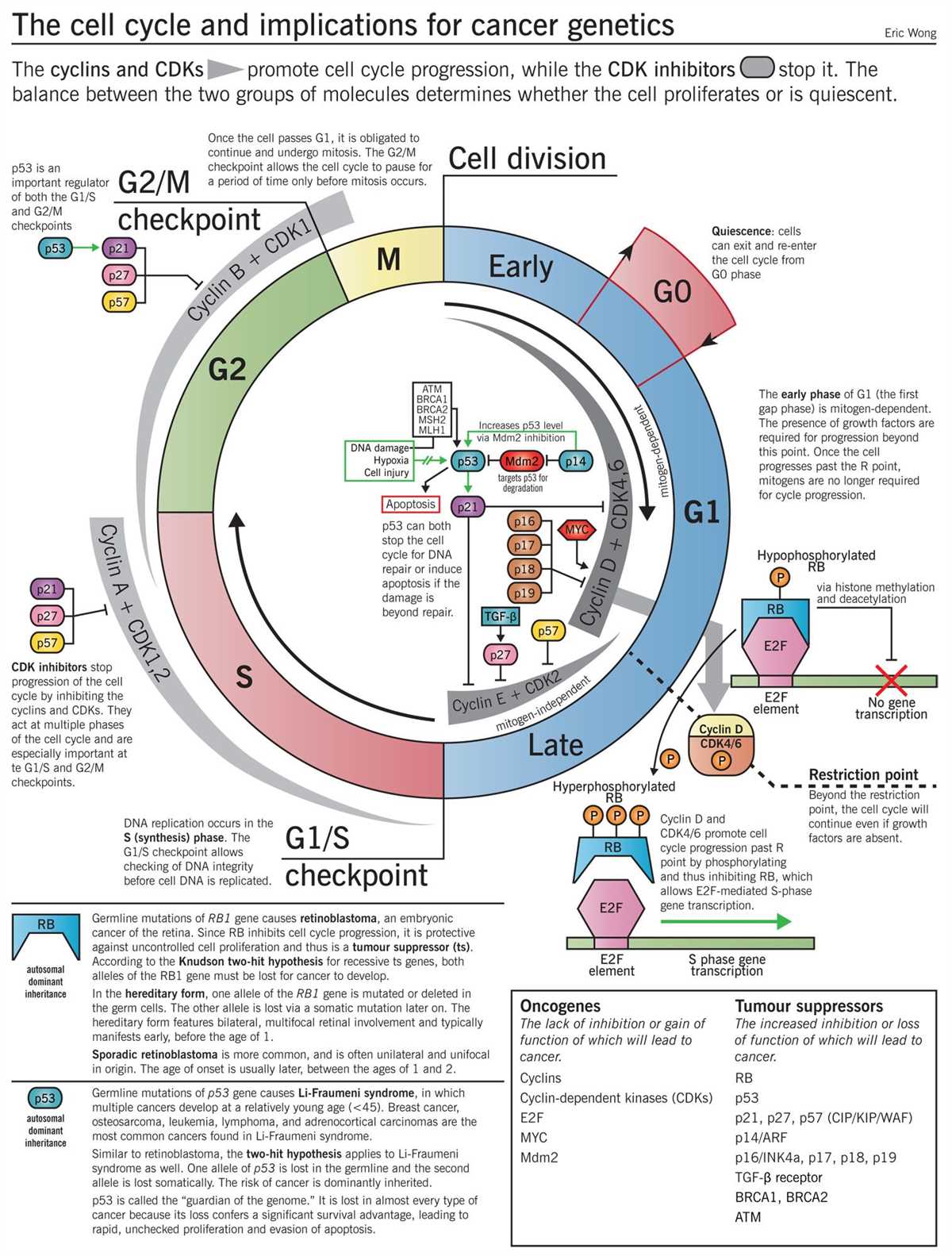
The cell cycle is the series of events that a cell goes through as it grows and divides. It ensures that the genetic material is faithfully replicated and distributed to the daughter cells. The cycle consists of four main stages: G1 (gap 1), S (synthesis), G2 (gap 2), and M (mitosis). Each stage is regulated by specific proteins and checkpoints to ensure proper progression.
The G1 phase is the first stage of the cell cycle, where the cell grows and carries out its normal functions. It is also the longest phase, during which the cell prepares for DNA replication. The S phase follows, during which DNA replication occurs. This is a critical step to ensure that each daughter cell receives an exact copy of the genetic material. After DNA replication, the cell enters the G2 phase, where it further grows and prepares for cell division. Finally, the cell enters the M phase, where it divides into two daughter cells through mitosis.
The regulation of the cell cycle is crucial to prevent abnormal cell growth and division, which can lead to the formation of tumors. Checkpoints, controlled by specific proteins, monitor the progression of the cell cycle at various points to ensure that the processes are occurring correctly. For example, the G1 checkpoint checks for DNA damage and proper growth signals before allowing the cell to proceed to the S phase. If any abnormalities are detected, the cell cycle can be halted or corrected.
In summary, the cell cycle is a highly regulated process consisting of several stages, including G1, S, G2, and M. Each stage has a specific purpose and is tightly controlled to ensure accurate replication and distribution of the genetic material. The checkpoints throughout the cycle help maintain the integrity of the cell’s DNA and prevent aberrant cell growth.
Phases of the Cell Cycle
The cell cycle is the series of events that a cell goes through as it grows, divides, and produces new cells. It consists of several distinct phases that are tightly regulated to ensure proper cell division and growth. These phases include the interphase and the mitotic phase.
Interphase
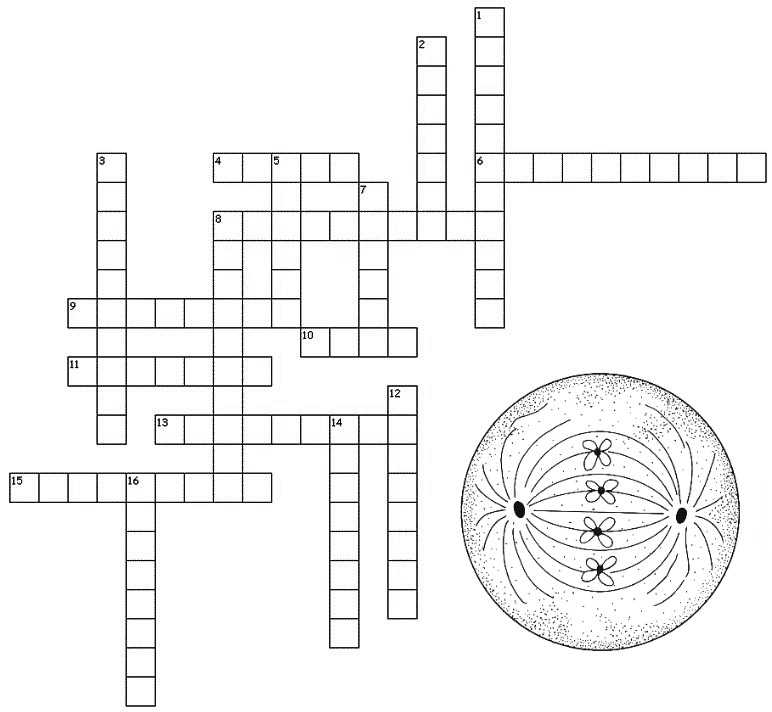
Interphase is the longest stage of the cell cycle and can be further divided into three subphases: G1 phase, S phase, and G2 phase. During G1 phase, the cell grows and carries out its normal functions. It also checks for any DNA damage and repairs it if necessary. In the S phase, the cell synthesizes or duplicates its DNA. Finally, in G2 phase, the cell prepares for division by producing necessary proteins and organelles.
Mitotic Phase
The mitotic phase is the relatively short period of the cell cycle when the cell undergoes division. It can be further divided into four subphases: prophase, metaphase, anaphase, and telophase. During prophase, the chromatin condenses into chromosomes, the nuclear envelope breaks down, and the spindle apparatus begins to form. In metaphase, the chromosomes line up at the center of the cell. In anaphase, sister chromatids separate and move towards opposite poles of the cell. Finally, in telophase, the nuclear envelope reforms, the chromosomes decondense, and the cell begins to divide into two daughter cells through cytokinesis.
Overall, the cell cycle is a highly regulated process that ensures proper cell growth and division. Each phase plays a crucial role in maintaining the integrity and functionality of cells. Understanding the different phases of the cell cycle is essential for studying cell biology and can provide insights into the development of diseases such as cancer, where the cell cycle becomes dysregulated.
Regulation of the Cell Cycle
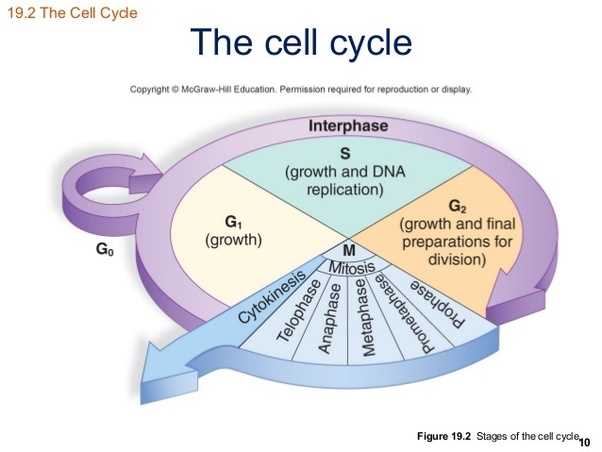
The cell cycle is tightly regulated to ensure that cells grow, divide, and replicate their DNA in a controlled manner. This regulation is essential for maintaining proper cell function and preventing the development of diseases such as cancer. The cell cycle consists of several phases, including the interphase, mitosis, and cytokinesis. Each phase is regulated by a complex network of proteins and signaling pathways.
One key component of cell cycle regulation is the presence of checkpoints at various stages of the cycle. These checkpoints act as control points to ensure that the cell has completed specific tasks before progressing to the next phase. The major checkpoints occur at the G1/S transition, the G2/M transition, and during mitosis. The checkpoints monitor DNA integrity, cell size, and the presence of specific proteins and signaling molecules.
At the G1/S checkpoint, the cell assesses whether conditions are favorable for DNA synthesis and cell division. It checks for the presence of growth factors, adequate nutrient supply, and proper DNA replication. If conditions are favorable, the cell proceeds to the S phase where DNA replication occurs. If conditions are not favorable, the cell can enter a non-dividing state called G0 or undergo programmed cell death.
At the G2/M checkpoint, the cell checks whether DNA replication has been completed accurately. It also verifies that the cell has reached the appropriate size and that all required proteins and cellular components are present. If everything is in order, the cell progresses to mitosis. If any of these conditions are not met, the cell cycle is halted, and the cell undergoes repair or apoptosis.
During mitosis, the cell ensures proper chromosome alignment and separation. Proteins known as cyclins and cyclin-dependent kinases (CDKs) play a crucial role in regulating the cell cycle. These proteins fluctuate in concentration throughout the cycle and activate specific target proteins that drive cell division. Imbalances in cyclin-CDK activity can disrupt the regulation of the cell cycle, leading to uncontrolled cell growth and tumor formation.
Overall, the regulation of the cell cycle is a highly complex process involving numerous proteins and signaling pathways. Dysregulation of this process can have severe consequences, such as the development of cancer. Understanding the mechanisms that govern cell cycle regulation is crucial for devising targeted therapies and treatments for diseases associated with cell cycle dysfunction.
Cell Cycle Checkpoints
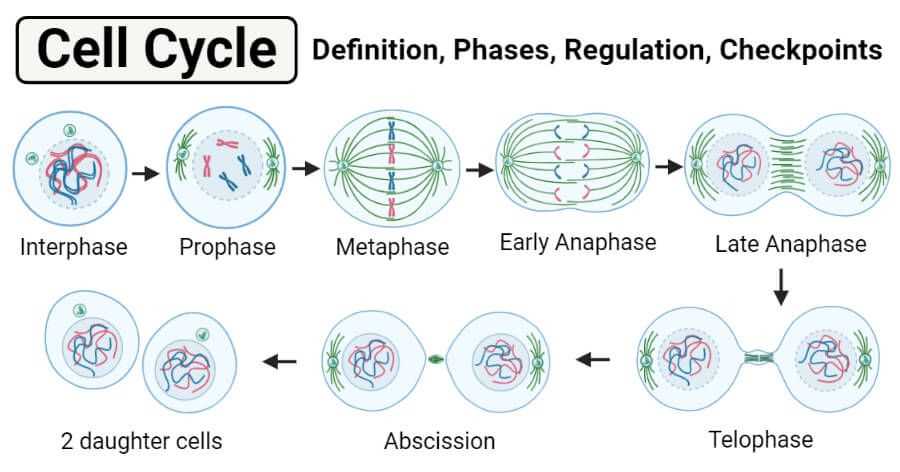
The cell cycle is a highly regulated process that ensures the accurate division of genetic material and the proper growth and development of cells. To ensure the fidelity of cell division, cells have evolved several checkpoints throughout the cell cycle where various regulatory proteins monitor the cell’s progress and determine whether it is ready to proceed to the next phase. These checkpoints act as quality control points that help prevent the accumulation of errors and promote the maintenance of genomic stability.
There are three main checkpoints in the cell cycle: the G1 checkpoint, the G2 checkpoint, and the metaphase checkpoint. Each checkpoint monitors specific events and conditions to ensure the integrity of the cell’s DNA and the successful completion of cell division.
G1 Checkpoint
The G1 checkpoint is the first major checkpoint in the cell cycle and occurs at the end of the gap phase 1 (G1). At this checkpoint, the cell assesses whether it has received the proper growth signals and whether its DNA is undamaged. If the conditions are favorable, the cell proceeds to the synthesis phase (S phase) to replicate its DNA. If the cell fails to meet the necessary requirements, it can enter a state called G0 where it temporarily suspends its cell cycle and enters a non-dividing state.
G2 Checkpoint
The G2 checkpoint occurs at the end of the gap phase 2 (G2), just before the onset of mitosis. At this checkpoint, the cell checks if DNA replication was successfully completed and whether the DNA is undamaged. The G2 checkpoint also ensures that the cell has accumulated enough cellular components and energy to support cell division. If the conditions are favorable, the cell proceeds to enter mitosis. If any abnormalities or issues are detected, the cell cycle can be paused, allowing time for repairs or corrective actions.
Metaphase Checkpoint
The metaphase checkpoint, also known as the spindle checkpoint, occurs during mitosis at metaphase. At this checkpoint, the cell ensures that all chromosomes are correctly aligned on the mitotic spindle and attached to the spindle fibers. The metaphase checkpoint prevents the premature separation of sister chromatids, ensuring that each daughter cell receives the correct number of chromosomes. If any errors or misalignments are detected, the checkpoint can delay the progression of mitosis until the issues are resolved.
Overall, cell cycle checkpoints play a crucial role in maintaining the stability and fidelity of cell division. By carefully monitoring the cell’s progress and responding to potential abnormalities, checkpoints help ensure the accurate transmission of genetic material and the avoidance of potential DNA damage or chromosomal abnormalities.
Control of Cell Cycle Progression
The cell cycle is a tightly regulated process that ensures proper growth and division of cells. It consists of four main phases: G1 (gap phase 1), S (synthesis), G2 (gap phase 2), and M (mitosis). The transition between these phases is controlled by a complex network of regulatory proteins and checkpoints.
One key player in the control of cell cycle progression is the cyclin-dependent kinase (CDK). CDKs are enzymes that, together with their regulatory subunits called cyclins, phosphorylate target proteins involved in various cell cycle events. The activity of CDKs is tightly regulated by the presence and levels of specific cyclins, as well as by other regulatory proteins. For example, the G1/S checkpoint is regulated by the cyclin-CDK complex called Cdk4/6-Cyclin D, which phosphorylates the retinoblastoma protein (Rb) and allows progression into the S phase.
The activity of CDKs is further modulated by inhibitory proteins called CDK inhibitors (CKIs). CKIs can bind to and inhibit the activity of cyclin-CDK complexes, preventing cell cycle progression. Examples of CKIs include p21 and p27, which can halt cell cycle progression at various checkpoints. These CKIs are often regulated by tumor suppressor proteins such as p53, which is activated in response to DNA damage and can induce cell cycle arrest to allow for DNA repair.
In addition to CDKs and CKIs, other regulatory proteins, such as the anaphase-promoting complex/cyclosome (APC/C), also play a crucial role in controlling cell cycle progression. The APC/C is responsible for the degradation of specific proteins during the transition from metaphase to anaphase, allowing the cell to proceed through mitosis. Dysregulation of the APC/C can lead to cell cycle defects and contribute to the development of cancer.
In conclusion, the control of cell cycle progression is a complex and tightly regulated process that involves the interplay of various regulatory proteins, cyclin-CDK complexes, CDK inhibitors, and checkpoints. Defects in this control mechanism can lead to cell cycle abnormalities and contribute to the development of diseases, including cancer.
The Cell Cycle Dysregulation
The cell cycle is a tightly regulated process that ensures the proper growth and division of cells. However, dysregulation of the cell cycle can lead to various diseases, including cancer. In this section, we will discuss some of the factors that can disrupt the normal cell cycle and the consequences of such dysregulation.
1. Mutations in cell cycle regulatory genes: Mutations in genes that regulate the cell cycle can lead to an imbalance in the cell cycle checkpoints, resulting in uncontrolled cell division. For example, mutations in the tumor suppressor gene p53, which plays a crucial role in regulating cell cycle progression, can lead to the development of cancer.
2. Oncogene activation: Oncogenes are genes that promote cell division and growth. When these oncogenes are activated, they can override the normal cell cycle checkpoints, leading to uncontrolled cell division. This can result in the formation of tumors and the development of cancer.
3. Loss of cell cycle inhibitors: Another factor that can disrupt the normal cell cycle is the loss of cell cycle inhibitors. These inhibitors, such as the retinoblastoma protein (Rb), help regulate cell cycle progression by inhibiting the activity of proteins that promote cell division. Loss of these inhibitors can lead to uncontrolled cell division and the development of cancer.
4. Environmental factors: Environmental factors, such as exposure to chemicals and radiation, can also dysregulate the cell cycle. These factors can damage the DNA and disrupt the normal functioning of cell cycle regulatory genes, leading to uncontrolled cell division and the development of cancer.
In conclusion, dysregulation of the cell cycle can have serious consequences, including the development of cancer. Understanding the factors that can disrupt the normal cell cycle can help in the development of targeted therapies and interventions to prevent and treat cell cycle-related diseases.
Q&A:
What is cell cycle dysregulation?
Cell cycle dysregulation refers to the abnormal regulation of the cell cycle, which is the process by which cells grow, divide, and replicate. When cell cycle regulation is disrupted, it can lead to various diseases, including cancer.
What causes cell cycle dysregulation?
Cell cycle dysregulation can be caused by various factors, including genetic mutations, environmental factors, and viral infections. These factors can disrupt the normal signaling pathways and checkpoints that regulate the cell cycle.
What are the consequences of cell cycle dysregulation?
Cell cycle dysregulation can have serious consequences. It can lead to uncontrolled cell growth and division, which can result in the formation of tumors and the development of cancer. Additionally, it can impair normal tissue development and regeneration.
How is cell cycle dysregulation related to cancer?
Cell cycle dysregulation is closely linked to the development of cancer. When the cell cycle is not properly controlled, cells can divide and grow uncontrollably, forming tumors. This uncontrolled cell division is a hallmark of cancer.
Can cell cycle dysregulation be treated?
There is ongoing research to develop treatments for cell cycle dysregulation, particularly in the context of cancer. Some approaches aim to target specific signaling pathways or checkpoints involved in cell cycle regulation. However, developing effective treatments is still a complex and ongoing challenge.
What is cell cycle dysregulation?
Cell cycle dysregulation refers to any abnormality or disruption in the normal progression of the cell cycle. It can involve abnormalities in proteins and genes responsible for controlling the cell cycle, leading to uncontrolled cell growth and division.
What are the causes of cell cycle dysregulation?
Cell cycle dysregulation can be caused by a variety of factors, including genetic mutations, exposure to certain chemicals or radiation, and viral infections. Additionally, certain diseases and conditions, such as cancer, can also lead to cell cycle dysregulation.


